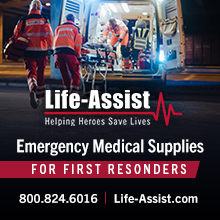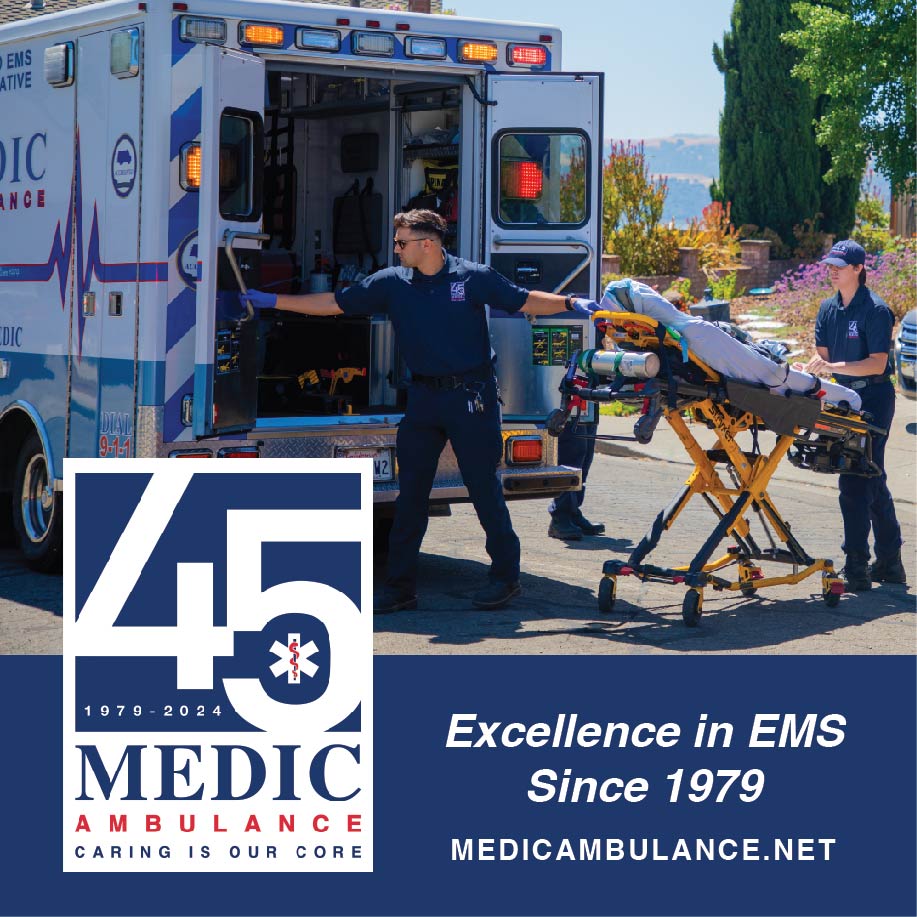California's Ambulance IndustryBy the numbers:
EMS Oversight, Regulation and StatuteAmbulance service in California falls under several layers of oversight. Day-to-day EMS system management is a county responsibility. Each county must designate a local EMS agency (LEMSA) which can be an agency established and operated by the county or an entity with which the county contracts for the purposes of EMS administration. Currently, California has 33 LEMSAs - seven multi-county LEMSAs and 26 single county LEMSAs. They establish local protocols, authorize ambulance services to operate within the system, and contract with providers for ambulance service in each ground ambulance zone within the county. The county performs other functions including disaster preparedness and certification of emergency medical technicians. At the state level, the Emergency Medical Services Authority enforces the statutes in the Emergency Medical Services Act, Health and Safety Code Division 2.5, and develops and implements regulations in California Code of Regulations, Title 22, Division 9: Prehospital Emergency Medical Services to implement those laws. The Authority also approves local EMS plans submitted by the county’s local EMS agency to ensure that they contribute to an organized statewide EMS system, comply with statute and regulation and meet the needs of the persons served. In addition, the Authority licenses and disciplines paramedics, regulates training programs, and coordinates disaster preparedness. The California Commission on Emergency Medical Services is an 18-member body representing the wide variety of EMS stakeholders. The duties of the Commission include approving regulations and guidelines developed by the Authority and providing advice to the Authority on the assessment of emergency facilities and services. The Commission may also hear an appeal by a local EMS agency regarding a local EMS plan. The Commission meets quarterly at locations throughout the state. The California Ambulance Association holds a seat on the Commission. In addition, the California Highway Patrol inspects each non-government ambulance for safety and basic equipment and issues ambulance permits, and also conducts ambulance driver testing and issues ambulance driver certificates. Ambulance Service DistributionThe state is divided into 337 ambulance service areas, or zones. The zones do not necessarily conform to city boundaries as they were designed to combine high-density and low-density areas to ensure market feasibility to effectively support provision of service to the entire population. The Health and Safety Code allows local EMS agencies to allocate market rights in each zone to one or more emergency ambulance providers by creating an Exclusive Operating Area (EOA). Establishment of EOAs must strictly follow the provisions of Section 1797.224 in order to ensure state action immunity under federal antitrust laws. Section 1797.224 requires a competitive process be conducted at periodic intervals to select one or more providers for an EOA, but allows a local EMS agency to non-competitively contract with, or “grandfather,” existing providers, whether public or private, that has been providing services in the same “manner and scope” without interruption since January 1, 1981. There are currently 205 exclusive operating areas in California, of which 128 are grandfathered. Section 1797.201 authorizes certain cities and fire districts which have provided EMS since 1980 to continue to provide service within their boundaries, subject to medical control by the applicable LEMSA, until they enter into an agreement with the LEMSA for system administration. These so-called “201” entities may not expand into a new “type” of EMS (such as expanding from non-transport first response to ambulance transport) without the LEMSAs approval. |







